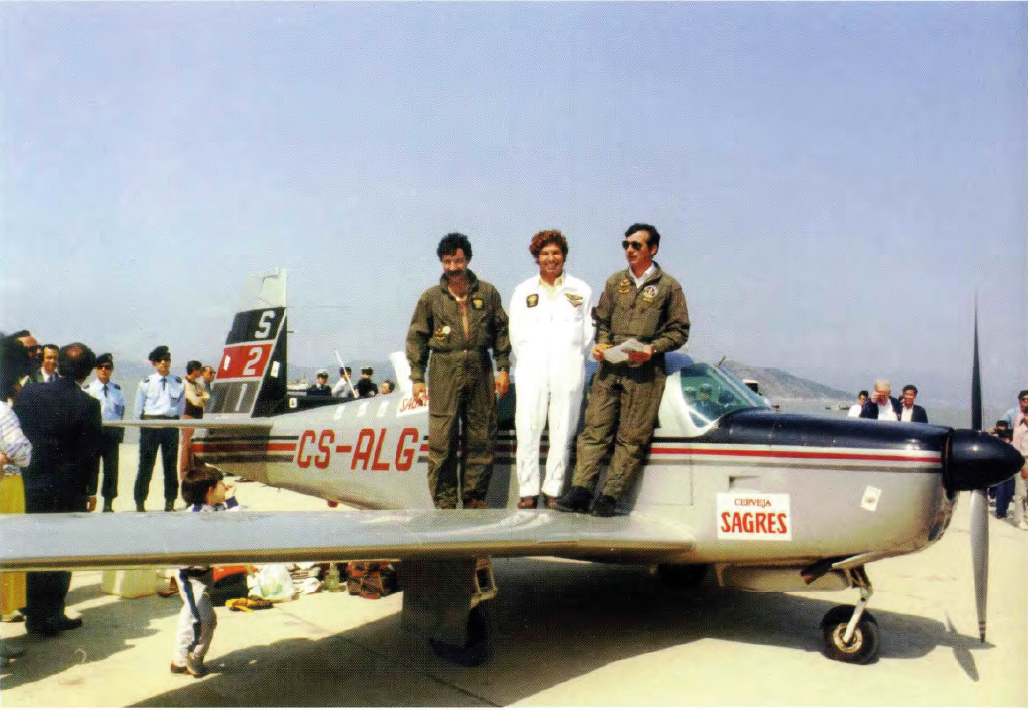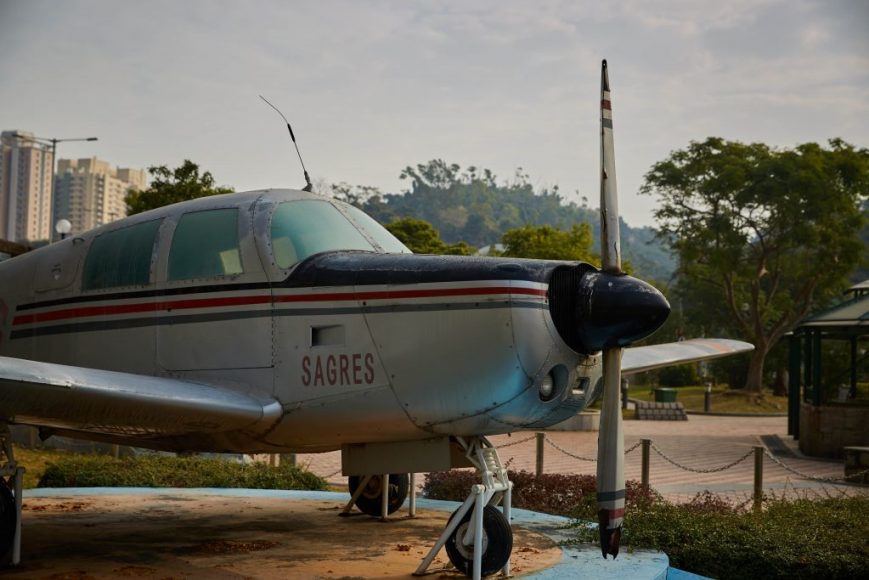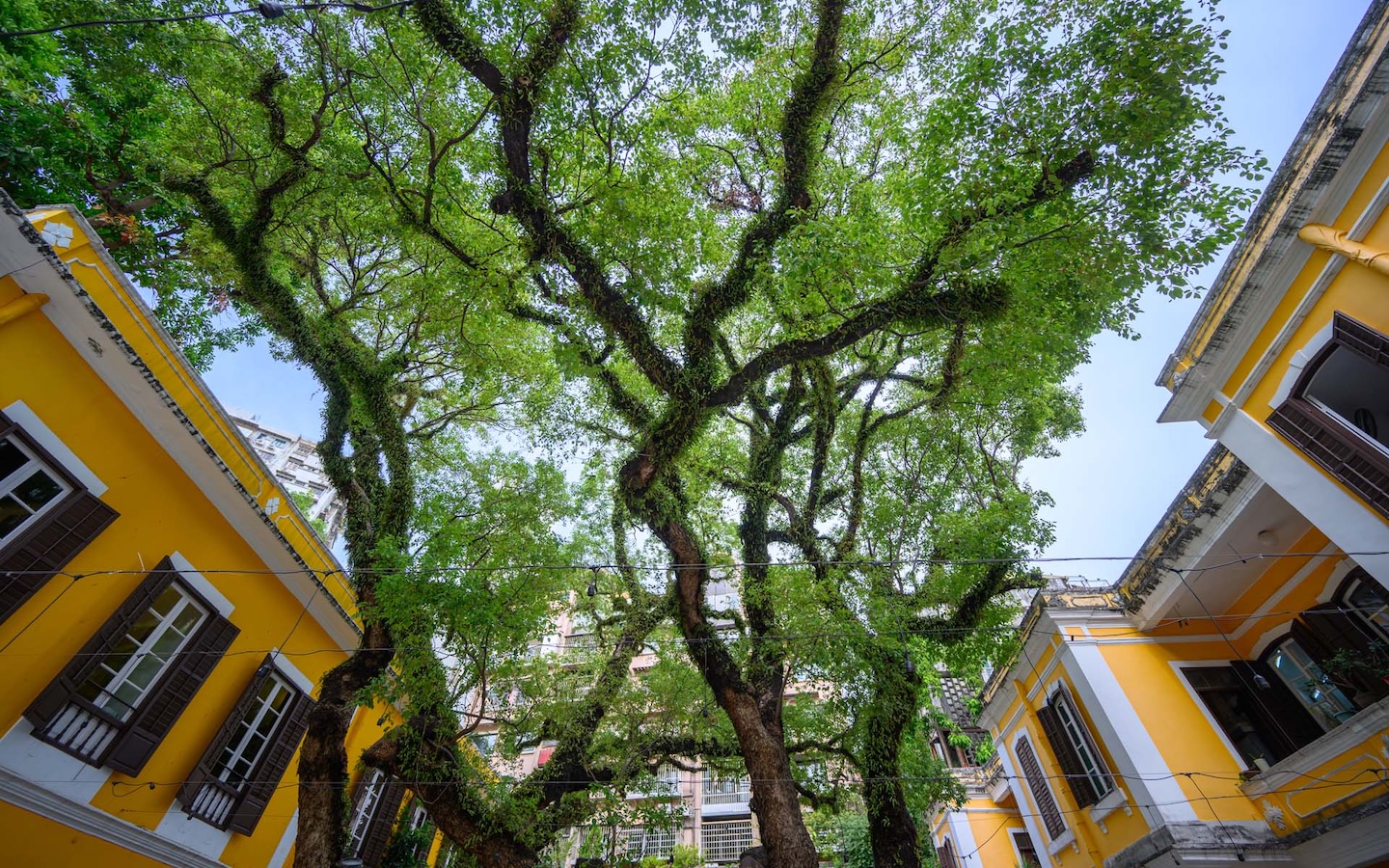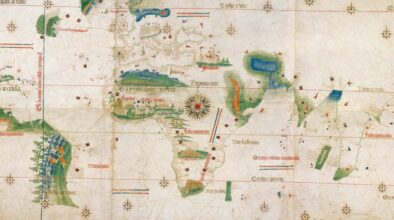In January 1987, Jorge Cruz Galego, Álvaro Prata Mendes and Arnaldo Alves Leal took off from Lisbon, aboard a single-engine plane named Sagres. Their destination? Macao. The goal? To honour Portuguese pilots Sarmento Beires and Brito Pais, and engineer Manuel Gouveia, who had first attempted to fly halfway round the world from the Portuguese capital to Macao back in the summer of 1924.
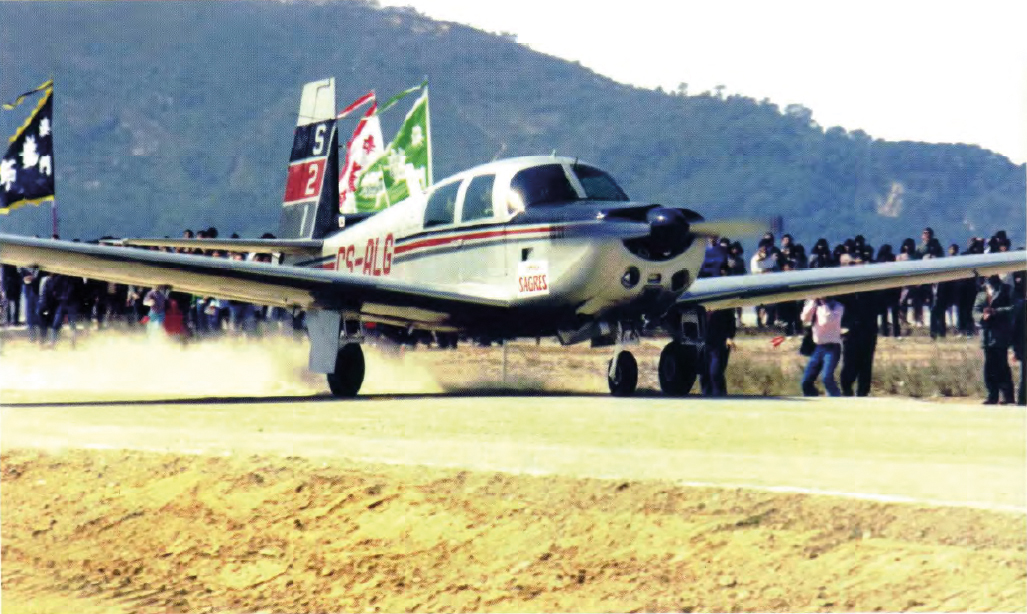
Unfortunately, the first plane’s engine failed while flying over India due to a storm. Though no one was hurt, the crew had to wait for assistance. The Portuguese government authorised the purchase of a second aircraft, the Pátria II, which completed the odyssey with stops in Burma, Thailand, Vietnam and finally in Canton, where it once again was forced to make an emergency landing. Although the crew emerged unscathed, they couldn’t complete the challenge and ended the journey on 23 June 1924.
Inspired by these earlier adventurers, Cruz Galego, Prata Mendes and Alves Leal finally fulfilled the historic feat 63 years later, successfully landing Sagres on a makeshift airstrip in Coloane on 6 February 1987. To this day, the plane sits inside the park as a monument to the mission.
“In 1986, people were already talking about the transfer of Portuguese administration in Macao [to China],” explains Prata Mendes. An aeronautical engineer, at 41, Mendes was the youngest member of the crew and served as the maintenance director during the trip.
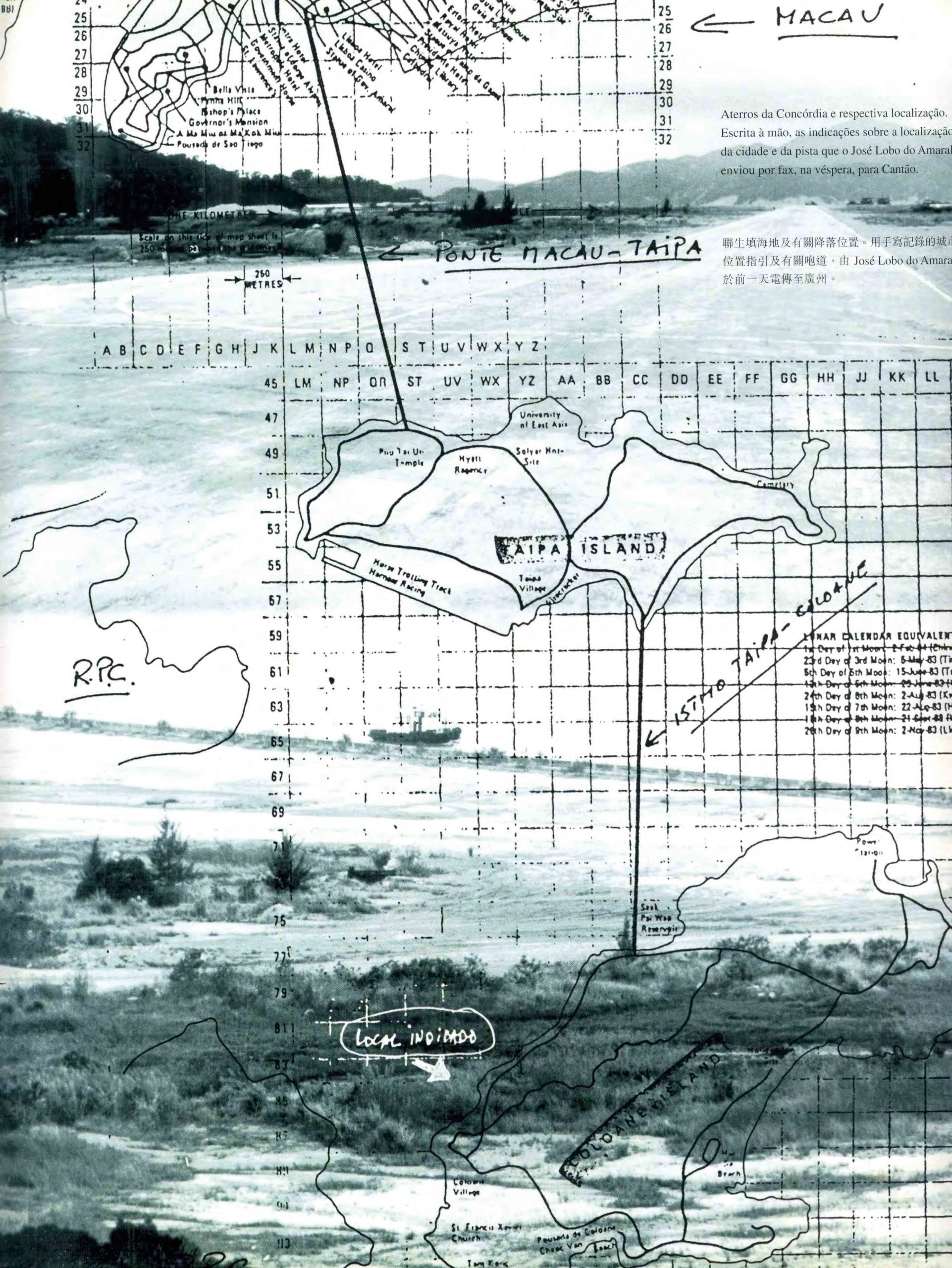
“The flight served as a double tribute, both to those who for centuries ensured Portugal’s presence in Macao as well as to three intrepid aviators who attempted the first air connection,” adds the 74-year-old, who spoke with Macao Magazine by phone from his home in Portugal.
Into the wide blue yonder
The idea to attempt the journey started with a discussion between former Portuguese military commander and pilot Jorge Cruz Galego and Dr Fonseca Marques, the CEO of Portuguese brewery the Sociedade Central de Cervejas (SCC).
“Jorge wanted to repeat the attempt to fly from Lisbon to Macao, both for national pride and to recognise the earlier efforts,” says Prata Mendes. The SCC, which owns the Sagres beer brand, sponsored the aerial adventure. The plane was named after the beer, as well as the name of the Portuguese city in the south of the country, Sagres, from which the Portuguese left by sea to discover the world in the age of exploration.
Owned by Alves Leal (who died in December 2018), Sagres was a 1965 Mooney 21. It was just seven metres long, was powered by a single 200-horsepower engine, could remain airborne for five hours and had a top speed of 270 kph.
It was a tight squeeze on board, and the trio only had room for essentials. “There were three of us, and the plane was tiny,” says Prata Mendes. “Luckily, there was no need to take groceries because we had to refuel every five hours, anyway.”
Before taking off on 10 January 1987, the pilots carefully plotted their route and secured the rights to fly and land in each jurisdiction. They had a 15,000-kilometre, multi-leg journey ahead of them, which would require them to stop in 10 countries and make 23 landings along the way.
On average, the pilots flew five hours a day, with one exception – the Corfu to Heraklion, Greece, leg – when they flew 10 hours. By the end of the journey, they clocked more than 135 hours – 40 of them at night with low visibility – in flight across a total of 26 days.
Problems aloft, and on the ground
Prata Mendes never feared for his life, but he says the crew experienced their fair share of challenges, starting with an unexpected twist from Mother Nature.
Sagres left Lisbon for Ibiza with ease, but after they took off from Palermo, a huge storm forced them to change course to Cagliari, Sardinia’s capital. “The storm was so massive, it was something absolutely indescribable,” he recalls of that first emergency. “But we managed to land Sagres safely. And from Sicily, we could venture on to Greece as planned.”
Sagres experienced an electrical failure three days later when leaving Corfuthat left the crew without instruments or communications. They had to ad-lib, with Cruz Galego navigating based on a magnetic compass and Prata Mendes holding a flashlight so they could see.
“We had another problem when we left Egypt for Saudi Arabia,” recalls Prata Mendes. “The airfield was closed. But fortunately, the lights were on, and we landed in the dead of night. We were lucky.”
They also ran out of fuel on the way to Riyadh, the capital of Saudi Arabia, while flying over the desert. “Suddenly, a runway appeared – Riyadh Air Base – and we had no choice but to land without authorisation. It was either that or the desert.”
While the technical situation had improved dramatically since 1924, social obstacles around the world proved harder to navigate. “The situations at various airports were tough, especially on the legs between Europe and [greater] China,” recalls Prata Mendes.
The trio encountered many problems in Egypt, where in addition to obsolete infrastructure, corruption ran rampant. “I had to pay for everything: to get permission to take off, for the flight plan, to have it signed…”
In Pakistan, where barbed wire and machine guns surrounded the airport, they extended their stay because the country was in the midst of a dispute with India (also known as the Siachen conflict).
And in Bangladesh, they flew into a chaotic scene where people and animals roamed the runway, as though it were just another road in the city. “When the siren sounded, the traffic would clear, and then planes could land or take off,” he says.
Just as they entered the home stretch, the crew encountered one last hiccup. During a stopover in mainland China, a cyclist crashed into the plane at night. “I don’t know what the man was doing with the bicycle on the airfield,” says Prata Mendes. “The plane was very badly damaged, with a dented wing and a torn plate. But [airport staff] helped us fix the plane, and we managed to get to Macao.”
Mission accomplished
Ahead of their landing in Macao, which did not have an airport at the time, then Governor Joaquim Germano Pinto Machado Correia da Silva built a runway in Coloane for the sole purpose of receiving Sagres.
“It was the first plane to land in Macao,” Prata Mendes says proudly. “Definitely, I would do it again. It was a very instructive adventure. It was a remarkable event.”
Roughly a dozen people, including several official delegates, met Sagres to welcome the pilots and celebrate the momentous event. The city also held a large reception with fireworks, dragon dances, dinners and lunches, press conferences, and many interviews for the next few days.
That day, Governor Pinto Machado awarded the three pilots the Macao Sports Merit Medal (Medalha de Mérito Desportivo de Macao) and named them national heroes.
They were also given a commemorative plaque with the trip’s name and date, which was placed inside the Leal Senado building next to a similar plaque honouring the 1924 mission by Sarmento Beires, Brito Pais and Manuel Gouveia.
With the festivities behind them, the pilots planned to retrace their steps back to Lisbon. They left on 15 February, but a fuel leak forced an emergency landing in Lishicun, in Yunnan province, and severely damaged the plane.
As it would have been impossible to fly Sagres back to Portugal, the pilots left the plane in mainland China and continued home. The Portuguese ambassador in Beijing later sent the aircraft back to Macao for repairs.

According to the Municipal Affairs Bureau, the crew offered the plane to Macao’s Provisional Islands City Council, in 1987. The government moved Sagres to Seac Pai Van Park, very close to the landing site, in memory of the feat. And still today, it can be visited by residents, tourists and aviation enthusiasts alike.
The experience also resulted in a book, ‘Raid Aéreo no Sagres de Sagres a Macau’ (loosely translated to ‘Aerial Flight in Sagres from Sagres to Macao’ in English), written by pilot Jorge Cruz Galego and published in 1988.
He describes the journey as one of the most memorable experiences of his life: “We landed nervous and tired. Thrilled, we watched the many celebrations that followed, while receiving greetings from entities and friends there. It was worth it!”
